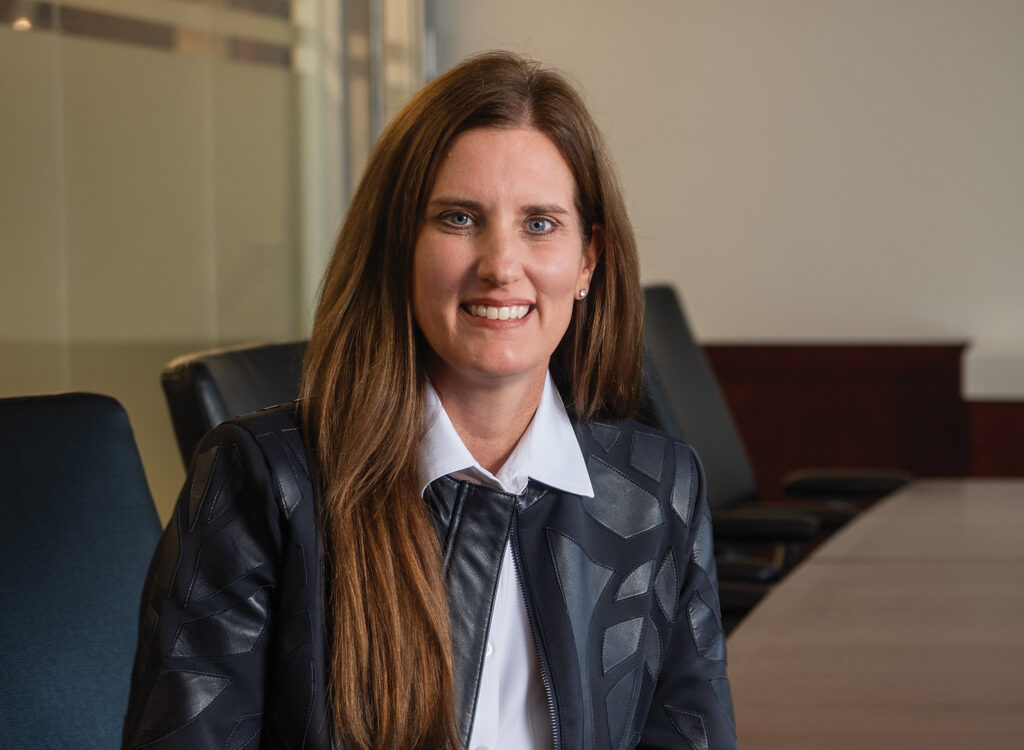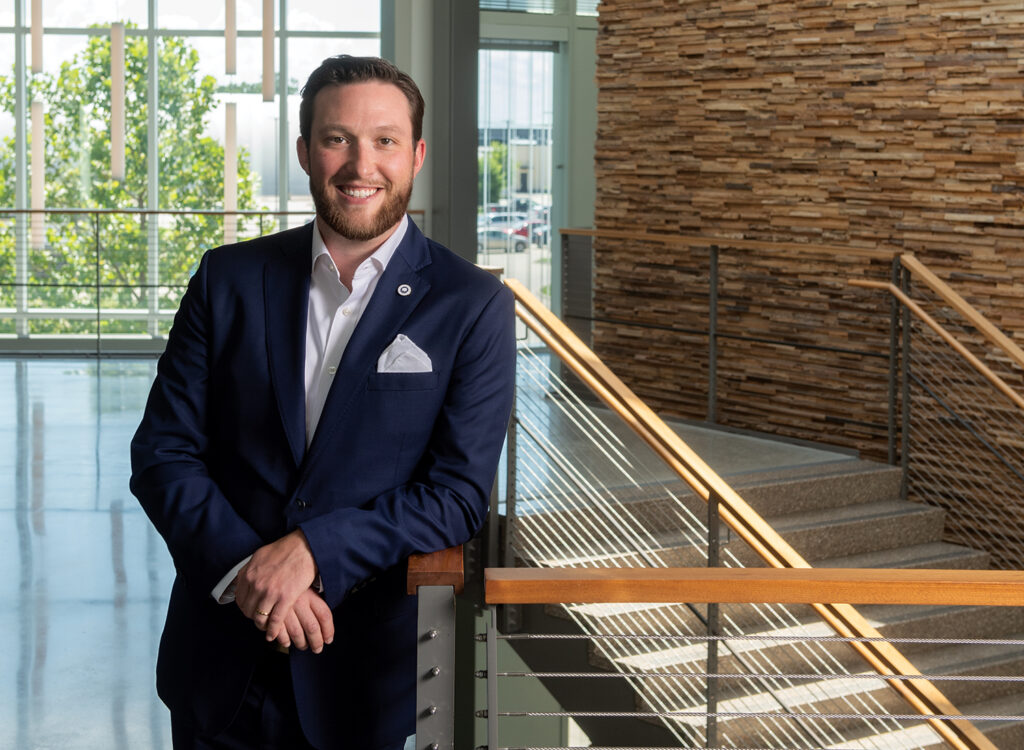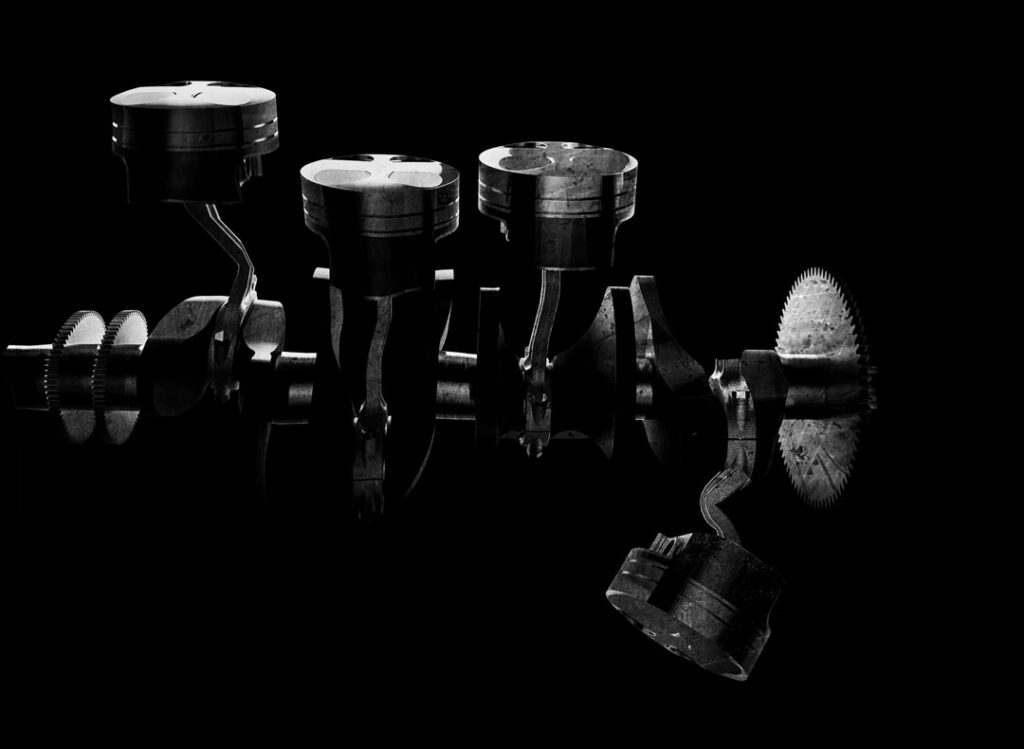New Terminal in Doubt
Airport board, director take stock as traffic growth slows, Guard base debate stalls

PERRY BEEMAN Oct 23, 2015 | 11:00 am
4 min read time
895 wordsBusiness Record Insider, TransportationPlanning for the Des Moines airport’s proposed $420 million new terminal project has stalled at least temporarily as the airport board does some soul-searching about a slowdown in passenger traffic, a standoff over the future of the National Guard base and a shortage of plane seats.
That doesn’t mean the project is dead. However, questions surrounding the proposed terminal prompted the airport board this week to discuss waiting before taking the next step — a $1 million, yearlong study of how the new terminal would operate. Airport executives call that next study the terminal programming plan phase. As in airport terminal.
The board in August shelved a proposed $178,000 update to the site plan prompted by disagreements over how much land should be in the Iowa Air National Guard base leasehold now that the fighter jets are gone. That, in turn, raised the question of whether the board should begin the terminal planning work, requesting proposals early next year, as planned.
Kevin Foley, the airport’s executive director and general manager, said in an interview after the meeting that the board has decided informally to wait to approve the terminal planning, but it still has a chance to keep the original schedule. He recommended the board do the planning, even if it has to consider scrapping the terminal project later if passenger traffic growth slows. The existing terminal was built in 1948.
The tentative schedule for the project, assuming the airport completes financing, called for programming in 2016 and an environmental review in 2017. After design work beginning in 2020, construction would begin in 2022, and would wrap up in 2024.
“I am not suggesting we scrap the project,” Foley said in an interview after the board’s Oct. 13 meeting. “But this plan is based on demand. If it’s not there, you postpone.“
This year’s growth in passengers is running below 1 percent, and the airport’s proposed budget forecasts similar growth next year. Foley has said the terminal expansion is based on annual growth of 3 percent.
Foley expects better passenger numbers in 2017 after airlines have a chance to roll out new jets. However, the bigger jets could mean fewer flights, and fewer seats, for Des Moines, he said.
Passenger traffic has grown at record rates in recent years, with jumps of nearly 9 percent at times. A consultant found that the airport accounts for $644 million in economic activity each year.
Growth has slowed considerably this year, running at 0.7 percent through September. “This year has us a little gun-shy,” Foley said.
He is working hard to persuade airlines to add flights between Des Moines and airline hubs, which would help open competition, reduce fares and boost passenger traffic. “We need the mergers to get completed, and the airlines need to get their feet under them,” Foley said.
The board’s most recent meeting was a bit strange. First, consultant David Fisher gave a glowing report about how legislators from around the state — often not Des Moines’ biggest fans — were quick to support the terminal project in recent meetings, at least in concept. Then, after Foley gave a monthly update on the terminal project, board members disagreed on the wisdom of moving forward as scheduled with the project.
“Right now, the numbers aren’t there,” board member Elizabeth Ward said at the meeting.
Kerty Levy, another board member, wondered how urgent it was to move in the next few months to the next planning stage. “We know it’s the right thing and a needed thing,” Levy said of the terminal project.
“We have to continue to test our assumptions,” said board chairman Ed Hansell. “This is such a long-term project. We may do the plan and have to stop. But we have to move forward.”
Board member Jake Christensen said every year of delay will mean a sharp increase in the cost of the project. Foley said each year of delay will add 5 percent to the cost.
Finance manager Brian Mulcahy said that a year or two of growth under the 3 percent target “doesn’t make much difference,” and the aging terminal needs to be replaced.
Foley told the board that the $178,000 study he had recommended to redraw the site after negotiations to shrink the Iowa Air National Guard base stalled could be folded into the programming contract next year. He warned the board that it would need to issue a request for proposals for the terminal planning by January to keep on schedule.
“We are stopping progress right now on the terminal project,” Foley said.
Even if passenger traffic were to fall during an economic slowdown before the terminal is finished, traffic always rebounds sharply after a recession, Foley noted. “We need to be ready” for the added traffic, he added.
Foley recommended that the board approve the request for proposals within a few months. No formal action was taken.
In an interview later, he said, “The terminal is starting to crumble beneath our feet. The sky isn’t falling, but you wouldn’t want to delay too long.”
Foley told the board that a Sept. 18 phone conference among airport staffers, lawyers and the Federal Aviation Administration failed to resolve an ongoing debate over whether the Guard could return some land to the airport for development. Also the subject of talks: how much the Guard should pay for the land it uses.









